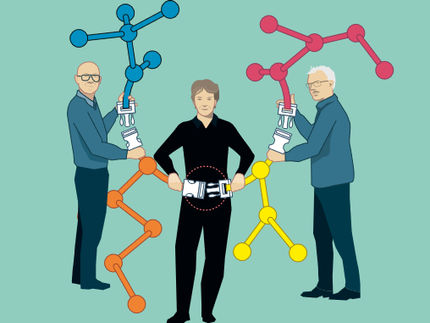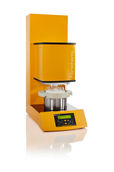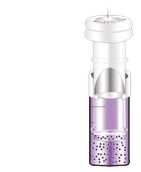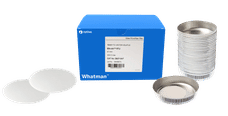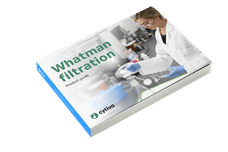Nanoscientists play catch up with nature
Advertisement
Living things are great nanotechnologists, they use complex molecularsystems as tiny machines, switches and valves, nutrient processors, waste disposal units, motors and much more. Numerous research groups around the world hope to emulate nature's nanotech prowess by building their own molecular machines and switches. Many of these teams are taking their lead from pioneering supramolecular chemist Professor Sir Fraser Stoddart of UCLA. Several of the latest endeavors feature in an special issue of Advanced Functional Materials published to to celebrate the 65th birthday of Professor Stoddart and to coincide with the International Conference on Molecular Machines and sensors held in Shanghai, China. Guest editors Professor Alberto Credi of the University of Bologna and Professor He Tian of the East China University of Science and Technology explain how Stoddart has during the last quarter century developed an entirely new field of chemistry. "He was among the first synthetic chemists who exploited the principles of supramolecular self-assembly and covalent chemistry together to make complex molecules with a function," Credi says. "Fraser is a real pioneer,"says Vincenzo Balzani of the University of Bologna one of the many researchers inspired by Stoddart's work, "He has opened the road that leads from supramolecular chemistry to molecular machines." Stoddart's team report on nanovalves that are "prototypes of highly controllable drug-delivery systems." But, many others have built on his work making their own nanoscale devices. Itamar Willner and colleagues at the Hebrew University of Jerusalem, for instance, report a new molecular system that mimics the contraction of actin filaments in muscles cells as the muscle flexes. Such a signal-controlled molecular shuttling could drive other processes including regulation of the water repellency of surfaces and the generation of self-cleaning supports, or act as a switch or valve. Ben Feringa of the University of Groningen, Netherlands, and his team are working on another device that will be crucial to nanotechnology, a molecular rotor powered by light. They report another turn in this formidable task in which they can drive the device at 44 revolutions per second, 100 million times faster than their prototype. Molecular switching using light or electricity has been demonstrated by Neil Branda and colleagues at Simon Fraser University, Canada, with derivatives of dithienylethene. These straight compounds form a ring when light of a particular wavelength hits them and then open up again when exposed to lower energy light. Such molecules could be used as future computer memory switches, optical filters, or in new display technology. Similarly, Balzani and colleagues describe switching materials that are flipped by other molecules and ions, rather than light or electricity. These compounds could perhaps be used as logic gates for carrying out computations in a future molecular computer. Finally, Francisco Raymo and colleagues at the University of Miami, Florida, are working on molecular switches formed as thin films. They have developed a synthetic approach to allow them to build up layers of electroactive molecules that are nanostructured. These films could reversibly control movement and so act as nano actuators. "Stoddart moved the field of supramolecular chemistry to systems that reveal stimuli-triggered mechanical properties," Willner explains "These assemblies will provide nanoscale systems for information storage and processing, controlled delivery and release of therapeutic drugs, and molecular charge carriers." Credi adds that, "The next challenge for research on artificial molecular machines is harnessing their mechanical function to carry out such useful tasks." Original publication: Advanced Functional Materials 2007, 19, issue 5
Other news from the department science
These products might interest you
Most read news
More news from our other portals
See the theme worlds for related content
Topic world Sensor technology
Sensor technology has revolutionized the chemical industry by providing accurate, timely and reliable data across a wide range of processes. From monitoring critical parameters in production lines to early detection of potential malfunctions or hazards, sensors are the silent sentinels that ensure quality, efficiency and safety.

Topic world Sensor technology
Sensor technology has revolutionized the chemical industry by providing accurate, timely and reliable data across a wide range of processes. From monitoring critical parameters in production lines to early detection of potential malfunctions or hazards, sensors are the silent sentinels that ensure quality, efficiency and safety.



